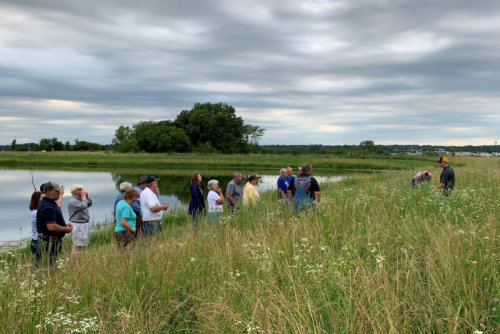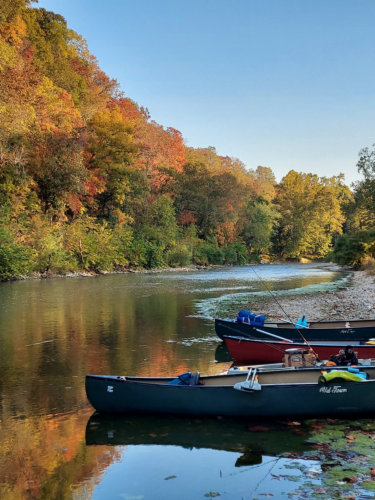Tools and Options for Land Protection
Tools and Options for Land Protection
Conservation Easements

Donations
A landowner can also donate their property to a land trust. It can be donated immediately, or the landowner can create retain their ownership and possession for a number of years or for their lifetime, but with a legal promise to transfer the property to the land trust at that later point in time.
A wide variety of strategies and instruments are available to enable owners to realize their donative intent and their financial needs, and the landowner’s legal and financial advisor are typically involved in working through the best options along with the landowner and the land trust.

Conservation Practices

Sometimes a landowner may have no current interest in transferring any property interest to a land trust, but wants to engage in activities that help preserve and protect the natural resource value of a piece of land. Restoring streambanks; providing other forms of riparian protection, or engaging in sustainable agricultural or timbering practices may be at the top of a landowner’s priority list.
Land trusts can be very effective partners in these kinds of activities. They may engage in these activities, or help landowners find the partners and financial sources to accomplish protection or restoration that might otherwise be unavailable. And sometimes, such conservation practices can be an initial step that may later allow landowners to come to the conclusion that they want to permanently protect their land through a conservation easement or other mechanism.
The Missouri Land Trust Coalition (MLTC), an unincorporated association of land trusts and their partners across Missouri.
